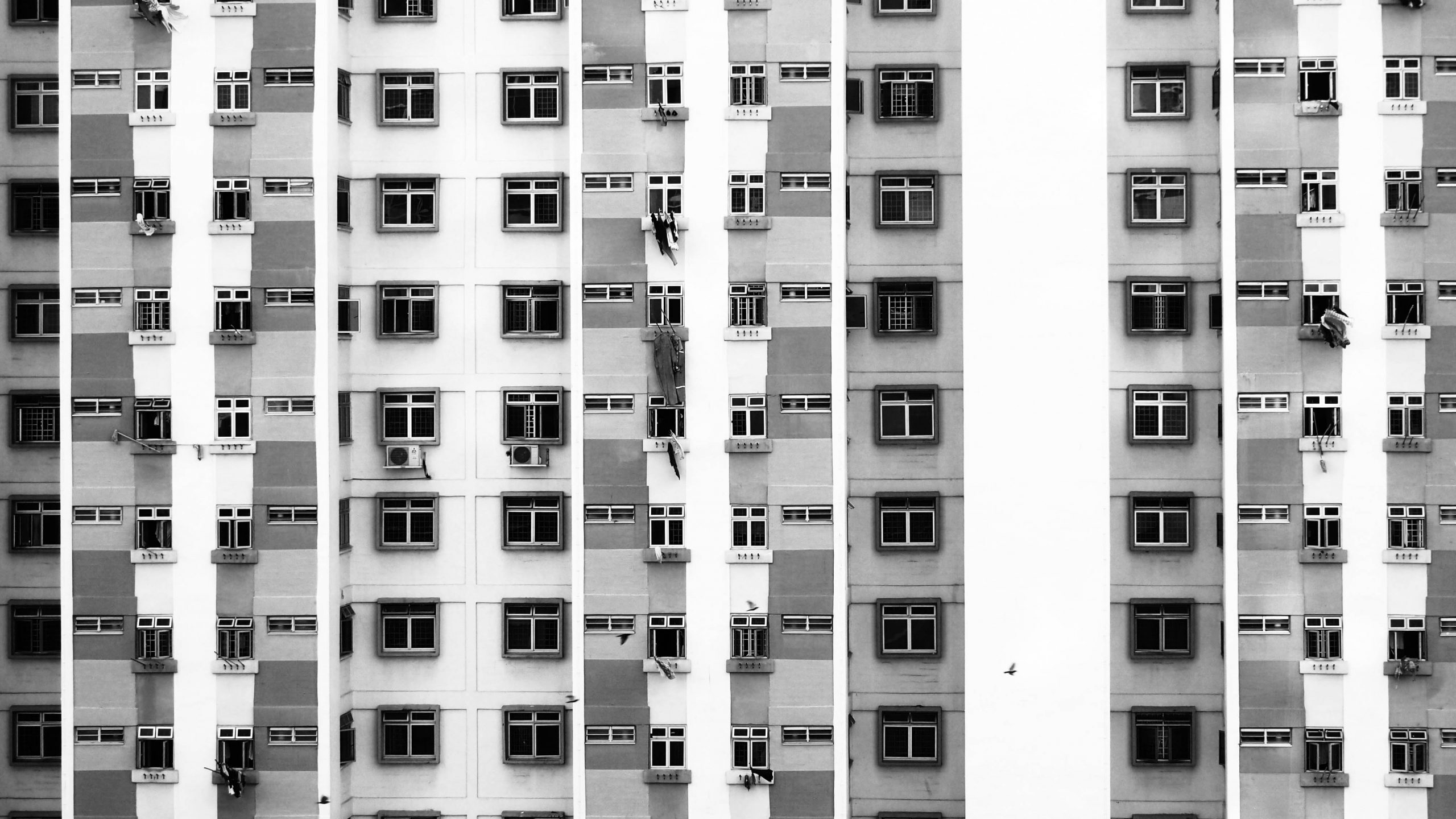Public Subsidy, Private Accumulation: The Political Economy of Singapore’s Public Housing
October 22, 2024
The first ever blocks of public housing flats in Singapore’s Queenstown area were completed in October 1960. This was following the founding of Singapore’s Housing and Development Board (HDB) a few months earlier, in February 1960. Ever since, generations of Singaporeans have become owners of their own HDB flats, with approximately 80% of Singaporeans currently residing in one, a significant amount more than the public housing rate seen in urban cities worldwide.
In his book, Public Subsidy, Private Accumulation: The Political Economy of Singapore’s Public Housing (NUS Press, 2024), Emeritus Professor Chua Beng Huat (NUS Sociology & Anthropology) synthesises his years of research into Singapore’s model of public housing, looking at how the HDB influenced Singapore’s growth and development, economically, socially, and politically.
Prof. Chua recounts the history of Singapore’s national public housing program, since the scheme’s beginnings in 1959, when Singapore’s ruling political party, the People’s Action Party, began to come into power. He discusses the successes of HDB’s model, considering how policy-makers had chosen to approach the issue and how the scheme impacted Singapore’s population in its growing years. Finally, he reflects on the future of public housing in Singapore, considering its feasibility given changes in societal needs and concerns about affordability.
Read the book here.

